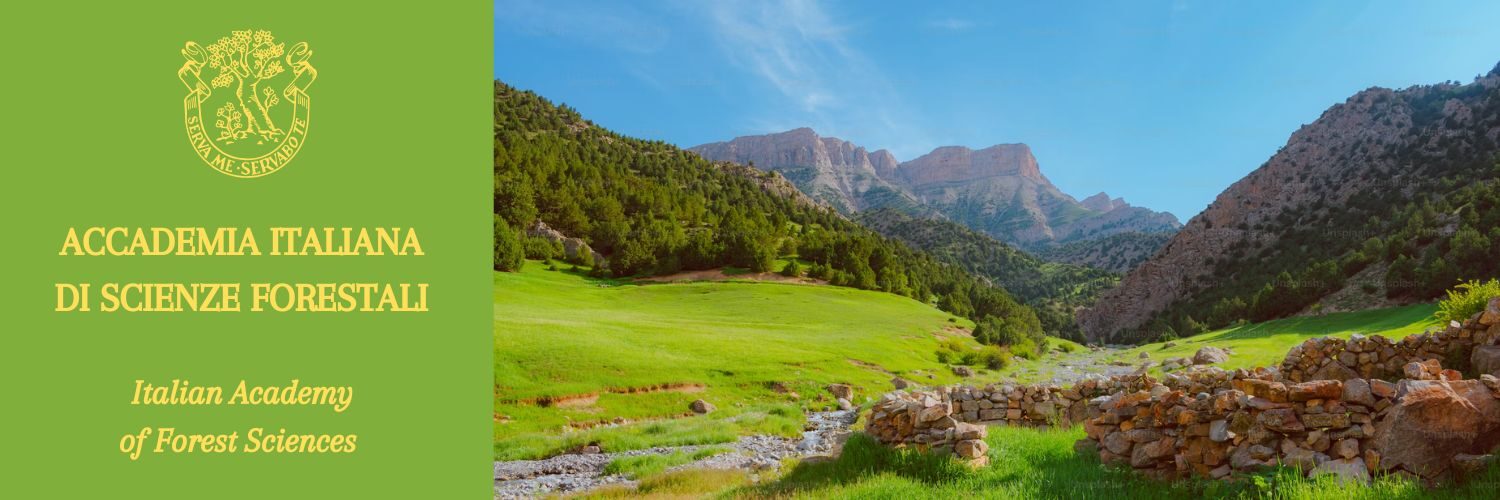doi.org/10.4129/2cis-tm-art
Citation/Citazione
Marras T., Radoglou K., Smirnakou S., Schirone B., 2015 – Artificial propagation of Oriental Plane through leds. In: Proceedings of the Second International Congress of Silviculture. Designing the future of the forestry sector. Florence, 26.29 November, 2014. Firenze: Accademia Italiana di Scienze Forestali. Vol. 1, p. 110-115. ISBN 978-88-87553-21-5. http://dx..doi.org/10.4129/2cis-tm-art
Title: Artificial propagation of Oriental Plane through leds
Titolo: Propagazione artificiale del Platano orientale mediante LED
Summary: Light intensity required by forest species has been widely studied, leading to their classification in heliophilous, sciaphilous and intermediate species. Conversely, few studies are available on light quality requirements. Artificial lights for plant growth have been designed mainly for agricultural crops that are all heliophilous, with high percentages of blue and red wavelengths in order to increase the photosynthetic activity. These light sources may be considered adaptable to heliophilous forest species; in order to test this hypothesis, a presumed heliophilous species, Platanus orientalis, was cultivated under different LED and fluorescent light sources, commercially available, in a controlled growth chamber. Some seedlings showed a progressive yellowing or reddening of leaves, leading to the hypothesis of a light stress. Therefore, the real light conditions in which natural regeneration occurs were analysed. The Natural Reserve of Pantalica (Sicily), was chosen as study area. Light spectra were collected along Anapo river, in July, from 10 a.m. to 2 p.m., in correspondence of different points with and without natural regeneration. Seedlings resulted to grow in slight shadow, frequently interrupted by short sunflecks. The spectra associated to shadow and sunflecks resulted to be different, both in terms of quality and quantity. Therefore, it seems that Platanus orientalis is not properly heliophilous, as reported in literature; this fact may explain why, as some sciaphilous species, it lacks of a complete xantophyll cycle, showing only leaf hairs as a protection against light excess. The results of this research show that the analysis of light requirements for each species is essential to define the best light conditions, in terms of quality and quantity, for artificial propagation.
Riassunto: Molteplici studi sull’intensità luminosa richiesta dalle specie forestali, hanno condotto alla loro suddivisione in specie eliofile, sciafile e intermedie. Rari sono invece gli studi sulla qualità della luce. Le luci artificiali per la crescita vegetale sono state create per specie agricole eliofile, con un’alta percentuale di rosso e blu al fine di promuoverne l’attività foto- sintetica. Pertanto tali lampade potrebbero ritenersi adattabili alle specie eliofile forestali. Una presunta specie eliofila, il Platano orientale, è stata coltivata sotto 5 fonti luminose LED ed 1 fluorescente, disponibili in commercio, in una stanza climatizzata. Alcuni semenzali hanno mostrato un progressivo ingiallimento o arrossamento fogliare, caratteristici dello stress luminoso. Si è quindi deciso di analizzare le naturali condizioni luminose in cui avviene la rinnovazione. La Riserva Naturale di Pantalica (Sicilia) è stata scelta come area di studio. Spettri luminosi sono stati raccolti lungo il fiume Anapo nel mese di Luglio, tra le ore 10 e 14, in punti con e senza rinnovazione. Le plantule sono risultate crescere in condizioni di ombra, interrotta frequentemente da brevi sunflecks. Gli spettri corrispondenti a condizioni di luce e ombra sono apparsi molto differenti, sia in termini qualitativi sia quantitativi. Pertanto, il Platano orientale non risulta essere realmente eliofilo, come descritto in letteratura. Come molte specie sciafile, le plantule mancano di un ciclo completo delle xantofille mentre
una transiente pubescenza fogliare risulta essere l’unica protezione contro l’eccesso di luce. I risultati di questa ricerca mostrano la necessità di analizzare i requisiti luminosi delle singole specie forestali per definire le migliori condizioni luminose, in termini di intensità e qualità, per la propagazione artificiale.
Keywords: forest regeneration, light requirements, indoor propagation.
Parole chiave: rinnovazione forestale, esigenze luminose, propagazione artificiale.
